Kannur
With a rich past of maritime trade and diverse colonial influence, Kannur's history is evident in its forts, museums, and ancient temples. The district is renowned for its skilled artisans, excelling in traditional crafts like handloom weaving and bronze casting, preserving age-old techniques. Kannur's Muslim community plays a pivotal role, contributing to its vibrant cultural mosaic and culinary heritage, with delectable dishes like biryani and pathiri.
Landscapes of Kannur

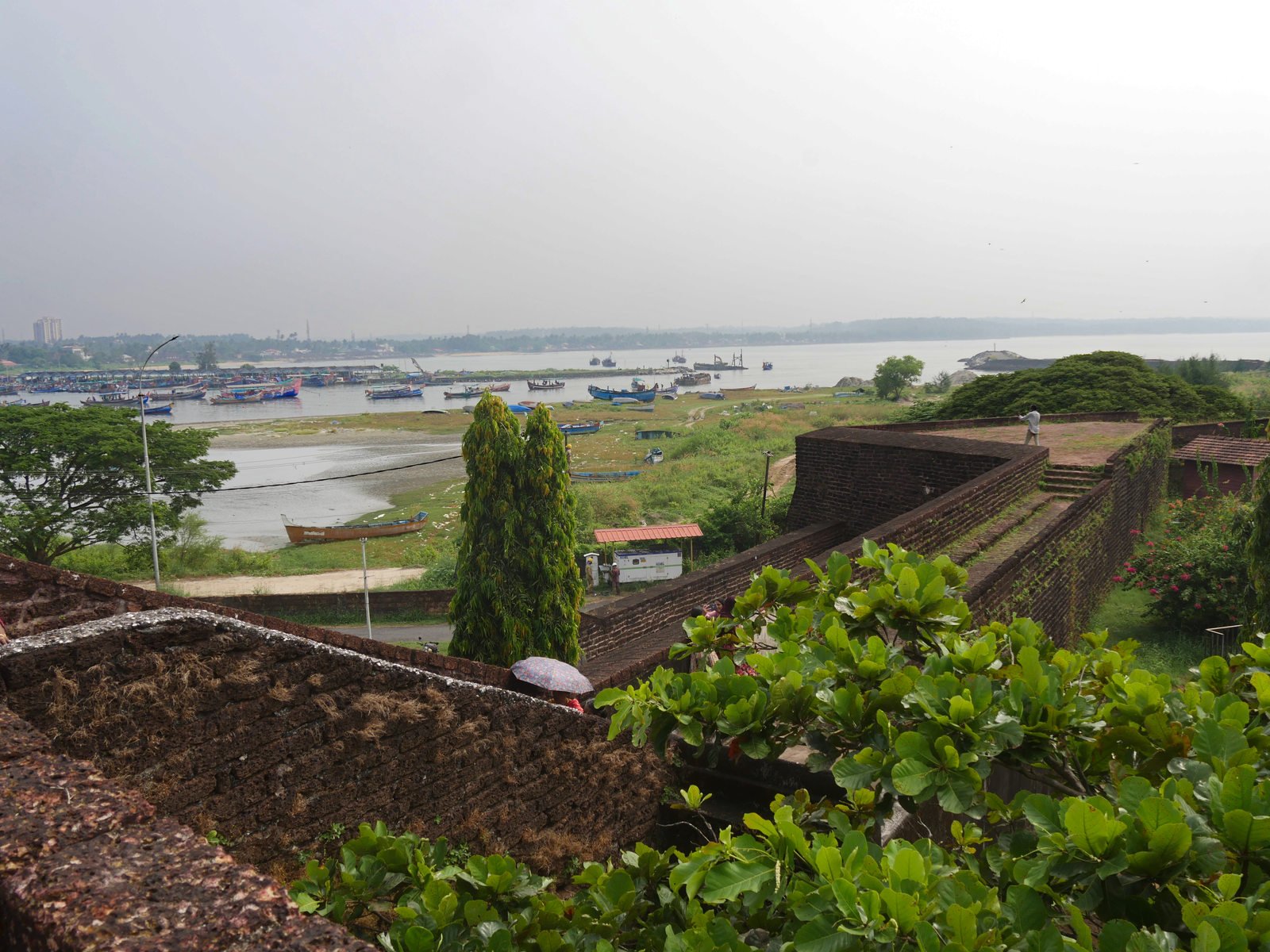
Peralassery Stepwell
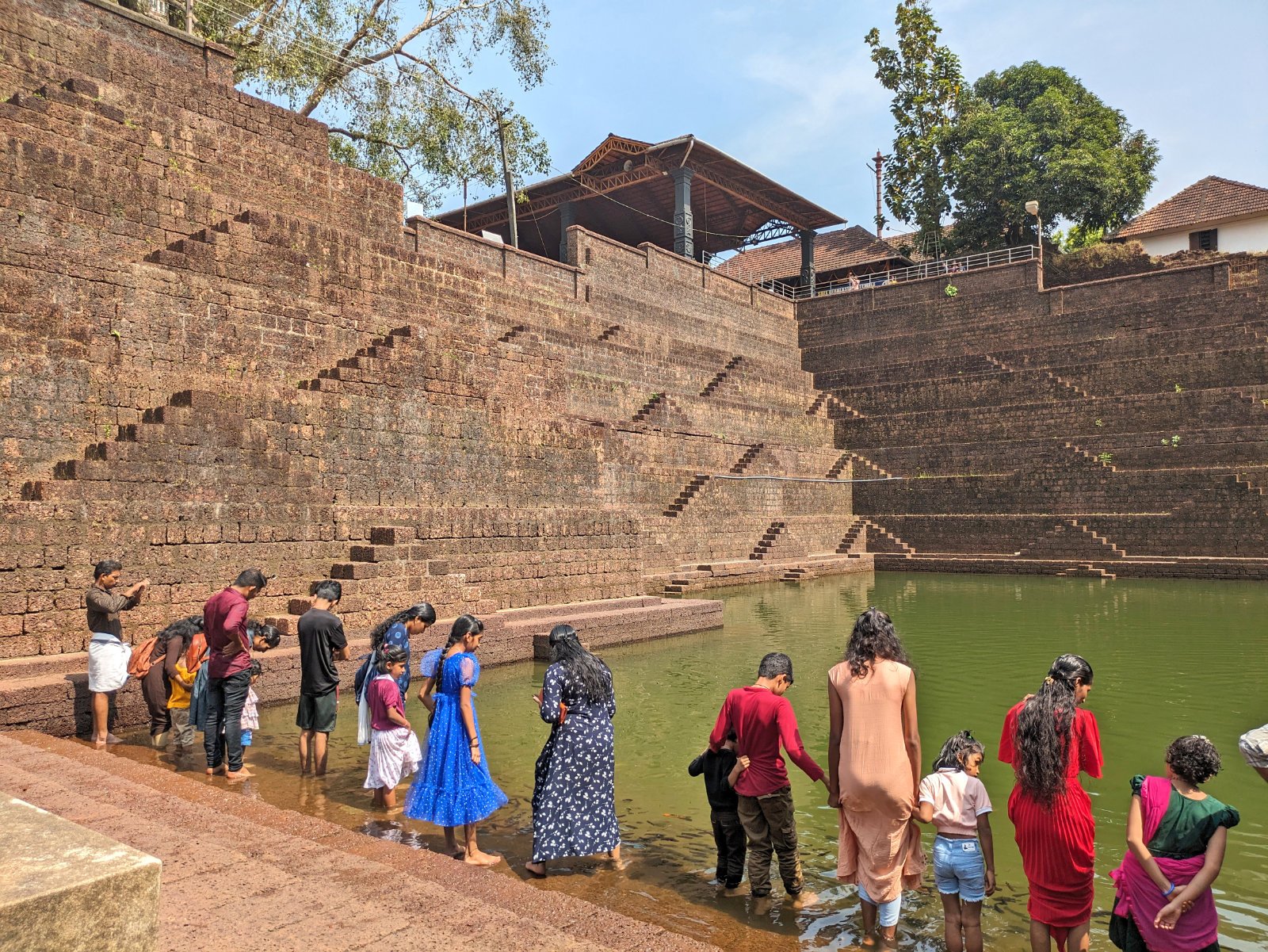

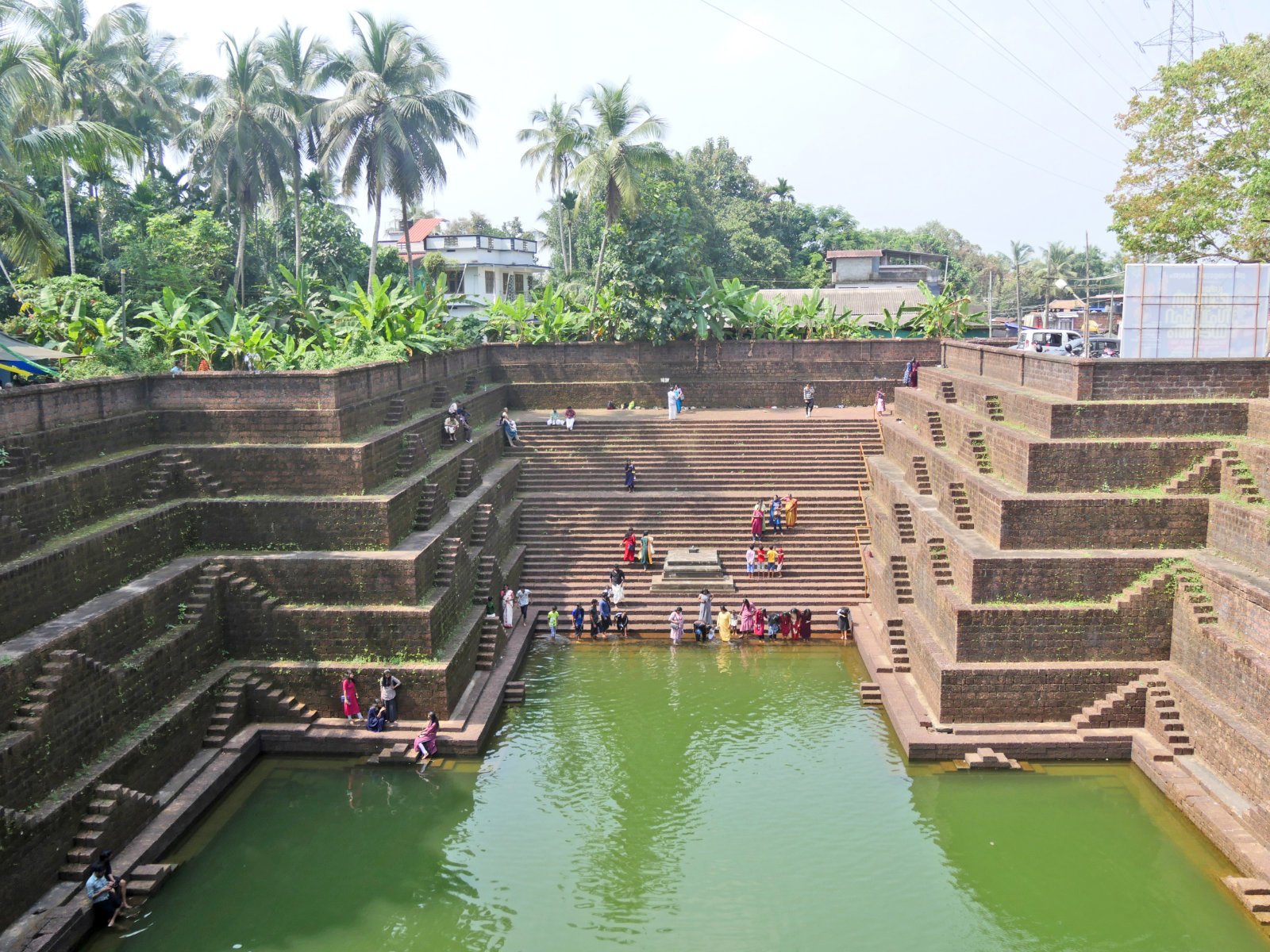
The Subrahmanya Temple Pond, located in Peralassery, is a unique structure made entirely of laterite. It is the largest stepwell in the state and is known locally as ‘Ayanivayal Kulam.’ Recently, the Central Government of India recognised it as one of the country’s important water heritage sites.
Gundert’s Bungalow
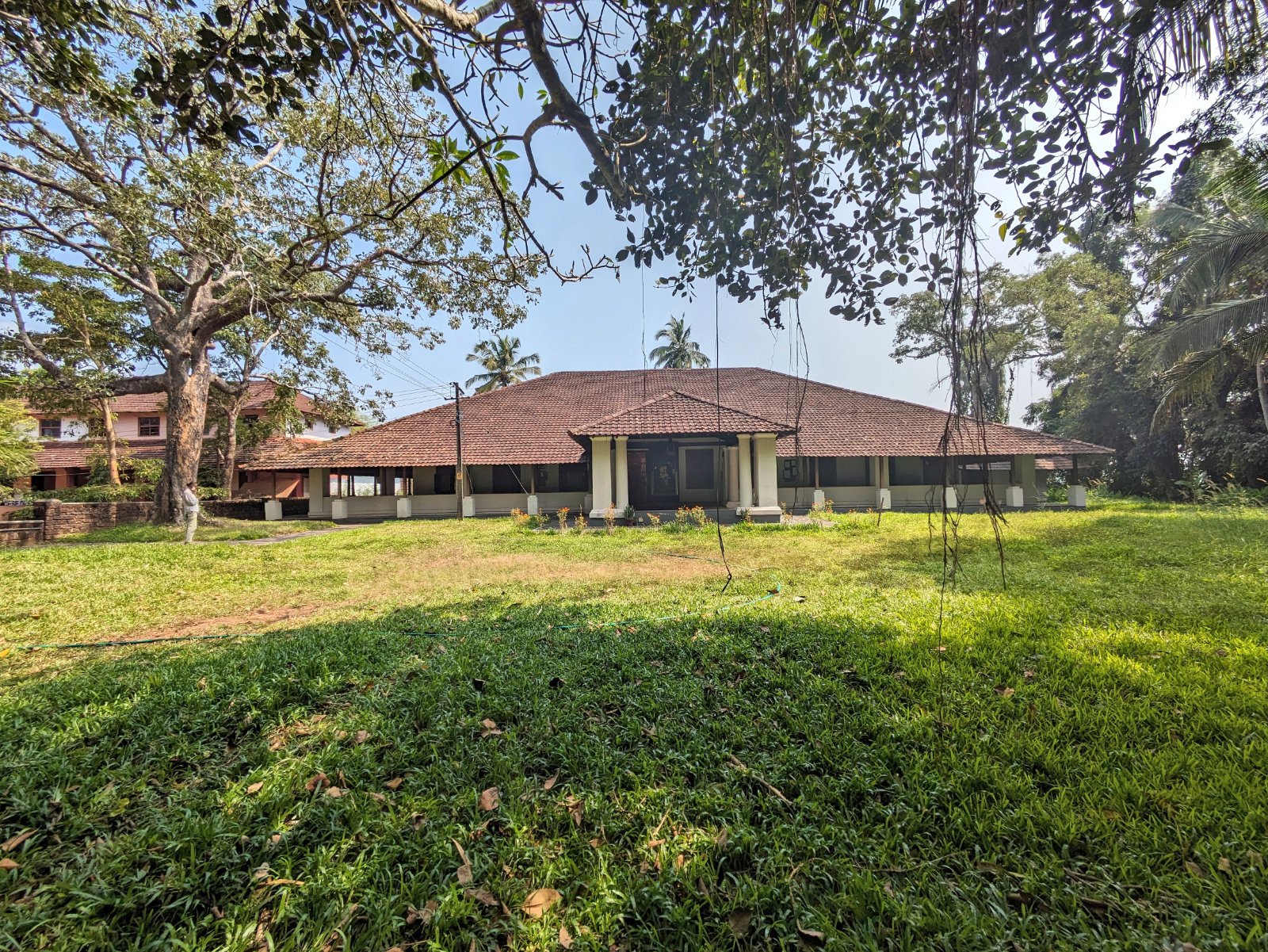

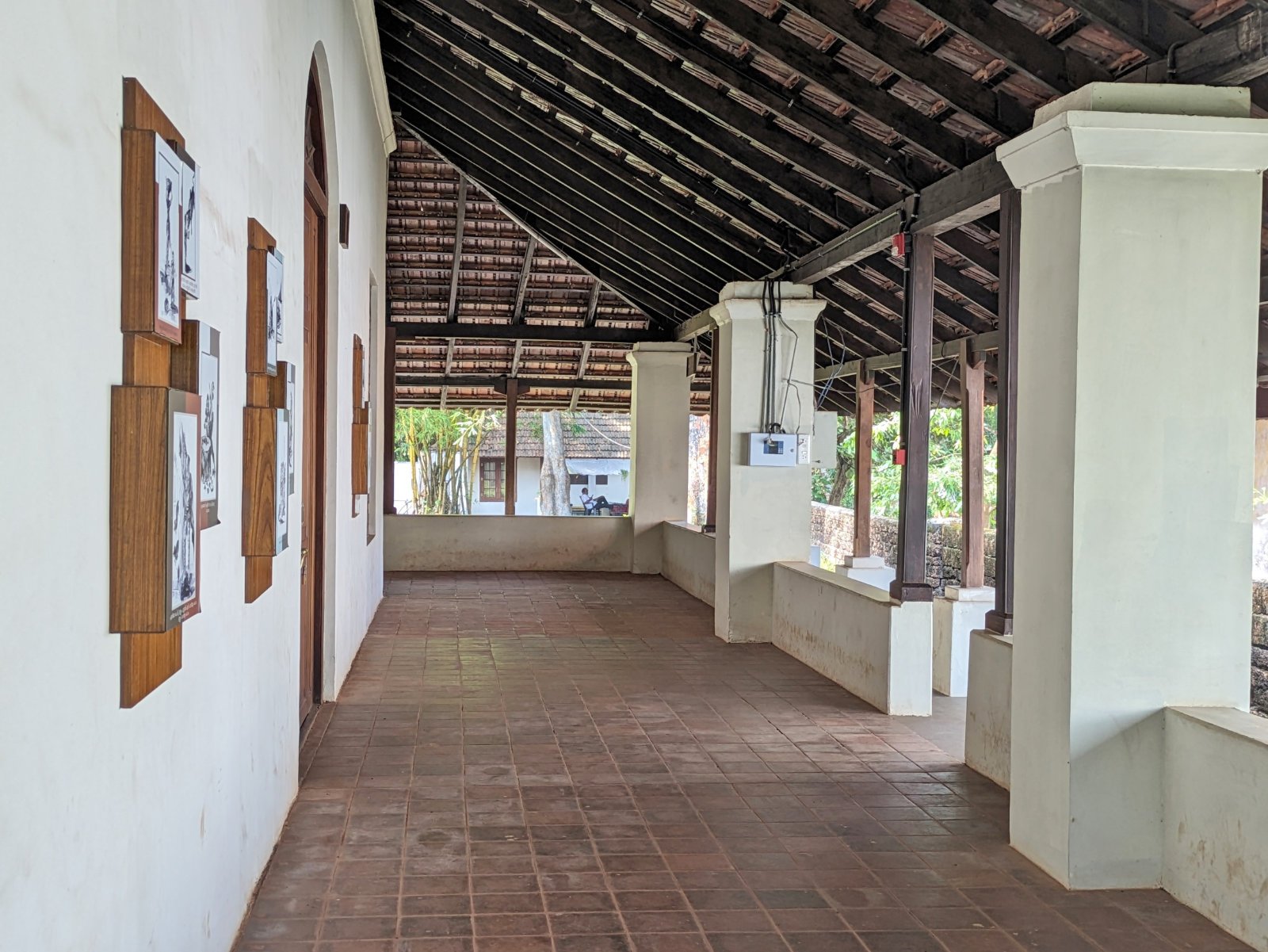
Hermann Gundert, a German scholar, linguist, and missionary, arrived in Malabar in the early 19th century. He devoted himself to studying the Malayalam language and immersed himself in the local community’s cultural and social aspects. His pioneering work in Malayalam literature and grammar remains one of his most significant contributions. Gundert compiled the first Malayalam dictionary, which laid the foundation for the systematic study and preservation of the language. His scholarly pursuits extended to other fields, such as botany, geography, and ethnography, reflecting his multidisciplinary approach to knowledge.
Gundert’s bungalow in Thalassery was a hub of intellectual activity during his lifetime. It attracted scholars, linguists, and writers from all over the world. Today, the bungalow has been transformed into a museum that preserves his memory and showcases his invaluable contributions to the Malayalam language and culture. Gundert’s life in India may have also influenced his grandson Hermann Hesse, who was deeply impacted by Eastern religion and philosophy.
Azhikode Weavers Village

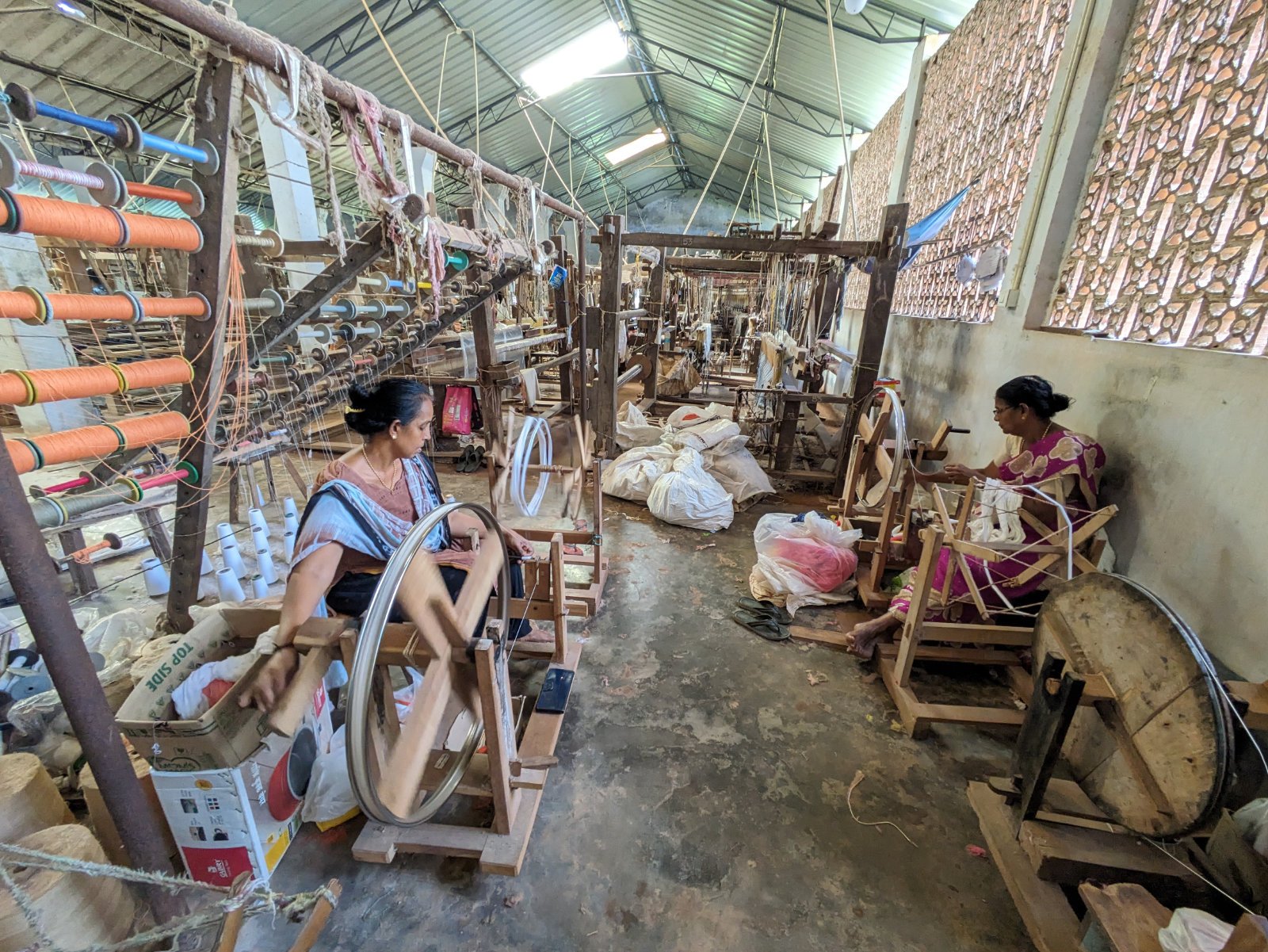
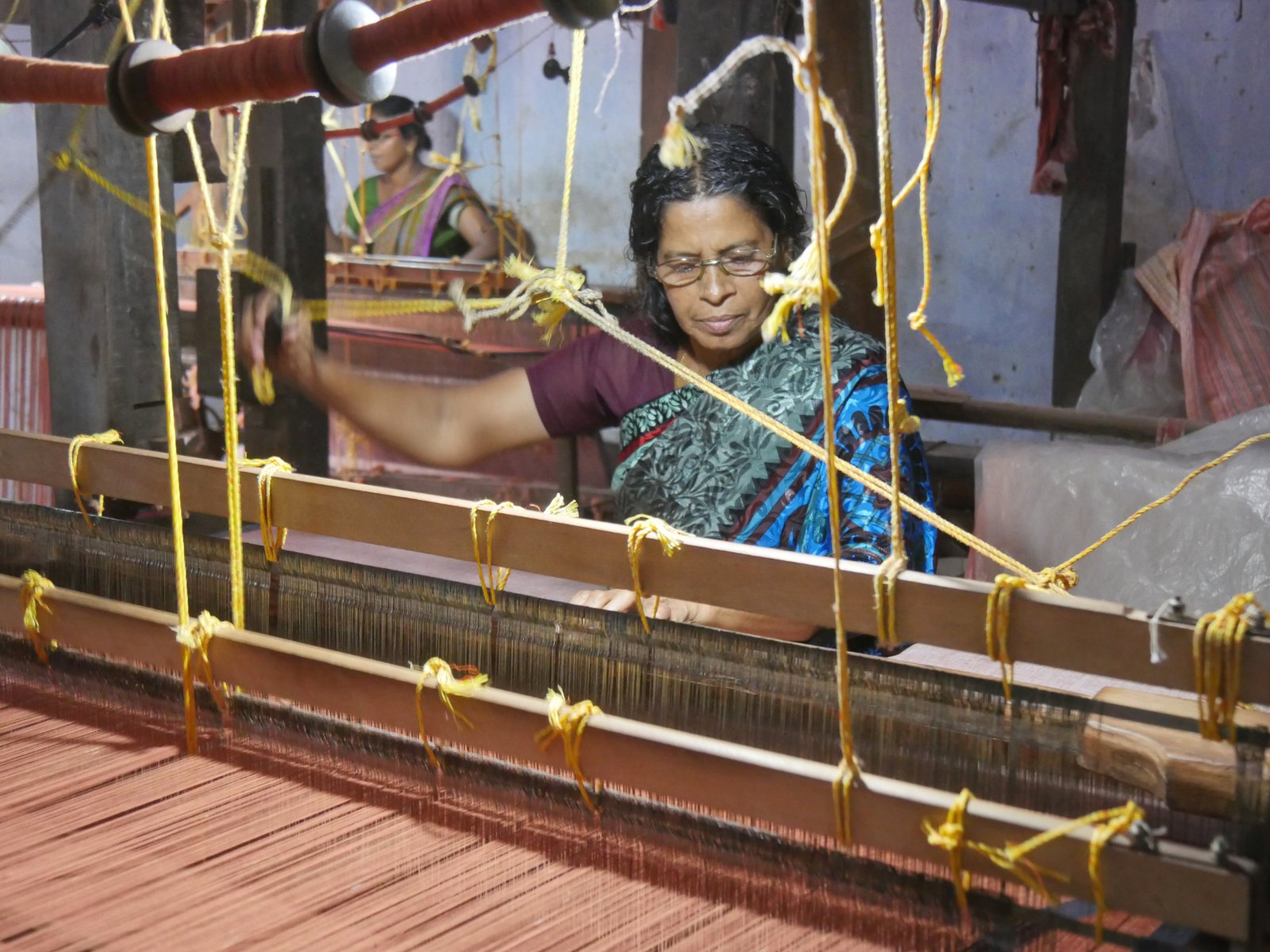
Known for its handloom weaving tradition the Azhikode Weaver community is located in a coastal village in Kerala. Skilled artisans use traditional techniques to produce high-quality cotton and silk fabrics. The village is home to a close-knit community of weavers who practice the craft to uphold their cultural traditions. The handloom fabrics from Azhikode are renowned for their intricate designs, vibrant colours and unique patterns. The government of Kerala supports the industry by providing financial assistance, training programs and infrastructure development. It has become a popular tourist destination for visitors interested in Kerala’s weaving tradition.
Thalassery fort


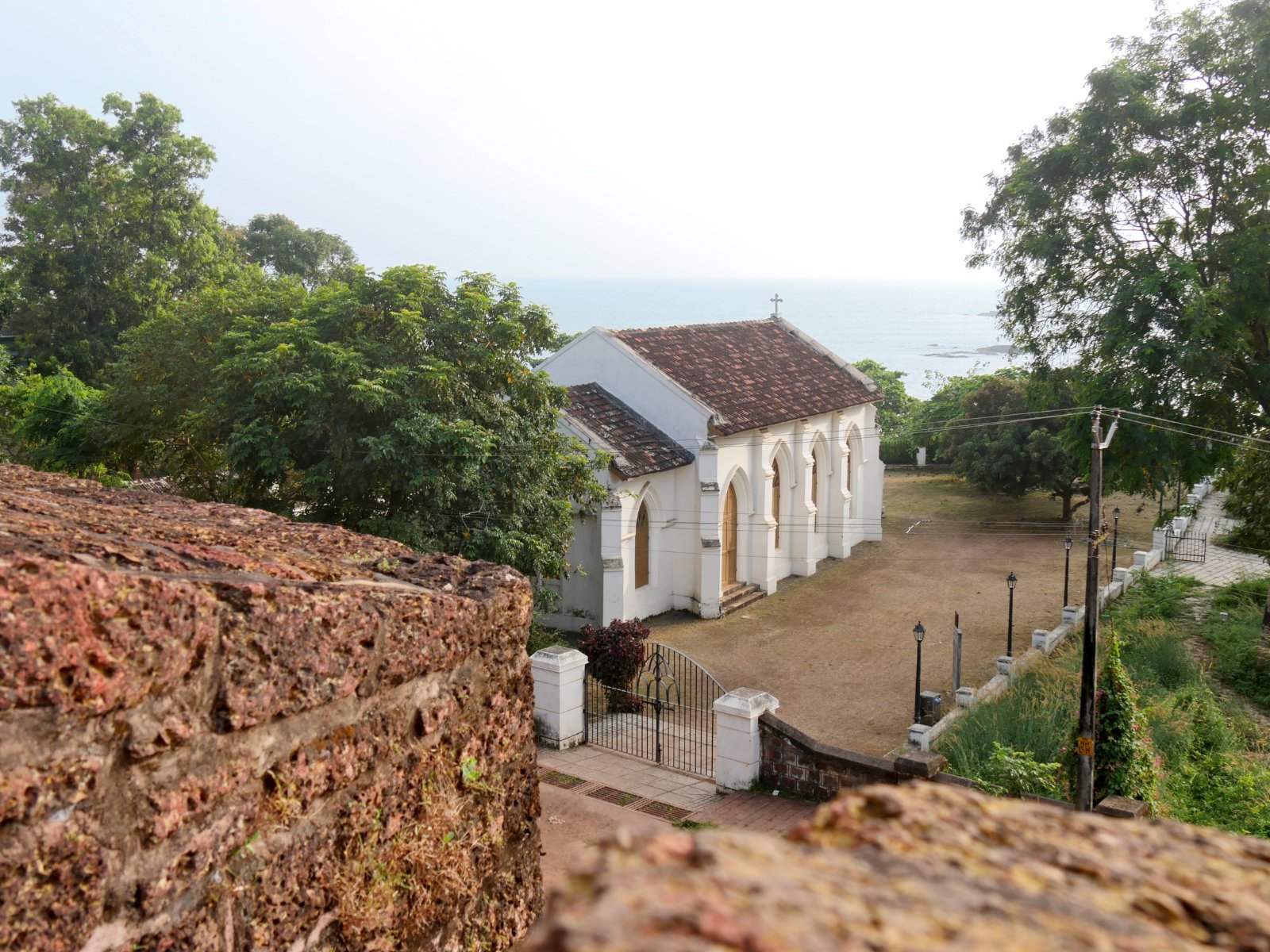
The British East India Company established Thalassery Fort as a military outpost in 1708 to protect their trading interests in the region. The fort underwent several expansions and renovations, making it a strong, imposing structure overlooking the Arabian Sea. Its architectural design is a fusion of European and indigenous styles, with solid walls, bastions, and a moat. Its location on a cliff provided the British with a strategic advantage, enabling them to keep a watchful eye on maritime activities and defend against potential attacks.
The fort was at the centre of numerous conflicts and changes in ownership throughout its history. It was exchanged between the British, the Dutch, and local rulers multiple times, reflecting the volatile geopolitical landscape of colonial India. Apart from its military significance, the Thalassery Fort also played a pivotal role in administrative and commercial activities. It housed warehouses, barracks, and government offices within its walls, facilitating trade and governance in the region.
